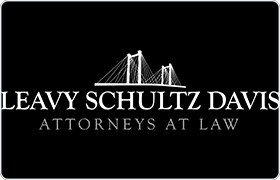Nine Mile Falls Bankruptcy Lawyer, Washington
Sponsored Law Firm
-
 x
x

Click For More Info:
-
Leavy Schultz Davis, P.S.
2415 W Falls Ave Kennewick, WA 99336» view mapBankruptcy & Debt Serving your legal needs since 1947
Leavy Schultz Davis is one of the Mid-Columbia’s longest standing law firms serving Eastern Washington, Kennewick, Richland, Pasco, and the greater Tri-Cities area.
509-736-1330
Includes: Bankruptcy Litigation, Commercial Bankruptcy, Consumer Bankruptcy, Dissolution
Julio Morley
Family Law, Personal Injury, Business & Trade, Commercial Bankruptcy
Status: Inactive Licensed: 46 Years
Michelle Lynn Carbon
International Tax, Federal, Corporate, Commercial Bankruptcy
Status: In Good Standing Licensed: 17 Years
Kim Taylor Dunn
Credit & Debt, Collection, Consumer Bankruptcy, International Tax
Status: In Good Standing Licensed: 34 Years
Gregory R. Heline
Lawsuit & Dispute, Business, Bankruptcy, Personal Injury
Status: In Good Standing Licensed: 46 Years
Robert Dewey Miller
State Government, Government, Bankruptcy, Bankruptcy & Debt
Status: Inactive Licensed: 47 Years
Gregory R Heline
Lawsuit & Dispute, Business, Bankruptcy, Personal Injury
FREE CONSULTATION
CONTACTLinnwood Douglas Sampson
Foreclosure, Estate Planning, Business & Trade, Commercial Bankruptcy, Land Use & Zoning
Status: In Good Standing Licensed: 50 Years
 Justine Koehle Kennewick, WA
Justine Koehle Kennewick, WA
